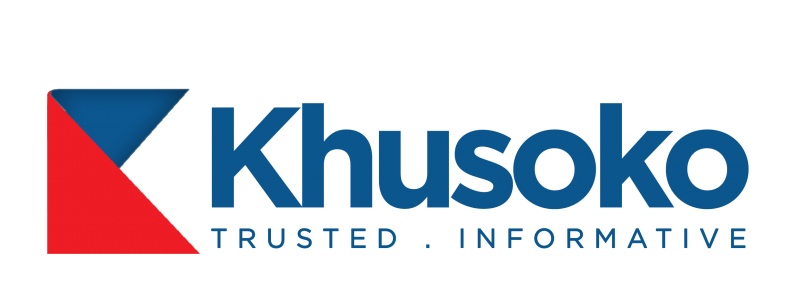Kenya’s domestic debt market is gaining fresh momentum as the Central Bank of Kenya (CBK) reopens two infrastructure bonds (IFBs), aiming to raise KSh 90 billion to fund priority projects in the 2025/26 fiscal year.
Running from July 21 to August 13, the auction reintroduces two long-term, tax-exempt bonds—IFB1/2018/015 and IFB1/2022/019—as investors seek higher-yield opportunities in a subdued T-bill environment.
Bond Details at a Glance
| Bond | Tenor | Coupon | Maturity | Redemption | Tax |
|---|---|---|---|---|---|
| IFB1/2018/015 | 15 years (7.5 left) | 12.5000% | 10 Jan 2033 | 40% on 17 Jan 2028; 100% on 10 Jan 2033 | Withholding tax exempt |
| IFB1/2022/019 | 19 years (15.6 left) | 12.9650% | 28 Jan 2041 | 50% on 9 Feb 2032; 100% on 28 Jan 2041 | Withholding tax exempt |
Auction & Pricing Terms
- Non-competitive bids: KSh 50,000 to KSh 50 million
- Competitive bids: Minimum KSh 2 million per tenor
- Pricing guidance (as per CBK):
- IFB1/2018/015: 99.98 + KSh 0.96 accrued interest
- IFB1/2022/019: 102.59, no accrued interest
With no withholding tax, these bonds offer compelling returns, especially for institutional investors like pension funds and insurers.
Market Sentiment & Funding Targets
The move aligns with the government’s broader fiscal goals, including a KSh 635.5 billion domestic borrowing target for FY2025/26.
Earlier in July, reopened FXD bonds raised KSh 66.65 billion, exceeding the KSh 50 billion target for general budgetary support, indicating continued investor confidence.
“These measures are aimed at stemming the escalation of debt accumulation and maintaining sustainable debt levels,” Cytonn Investments.
According to CBK’s bulletin dated July 18, 2025, Kenya’s public debt reached KSh 11.5 trillion in May 2025, representing a 10.3% increase from the prior year. Despite ambitious revenue targets (KSh 3.4 trillion) and marginal deficit reduction (to 4.8% of GDP), concerns over weak economic performance persist.
“Treasury’s yield curve is broadly sticky… Treasury bond auctions may continue to ignore yield curve pricing,” according to the NCBA Weekly Fixed Income Report, July 21, 2025
Outlook: Risks and Realities
Political unrest, elevated fuel prices, and a lower Purchasing Managers’ Index (48.6 in June) paint a challenging macroeconomic picture.
These factors may hinder revenue collection and complicate fiscal consolidation efforts in the second half of 2025.




